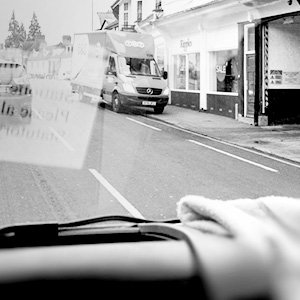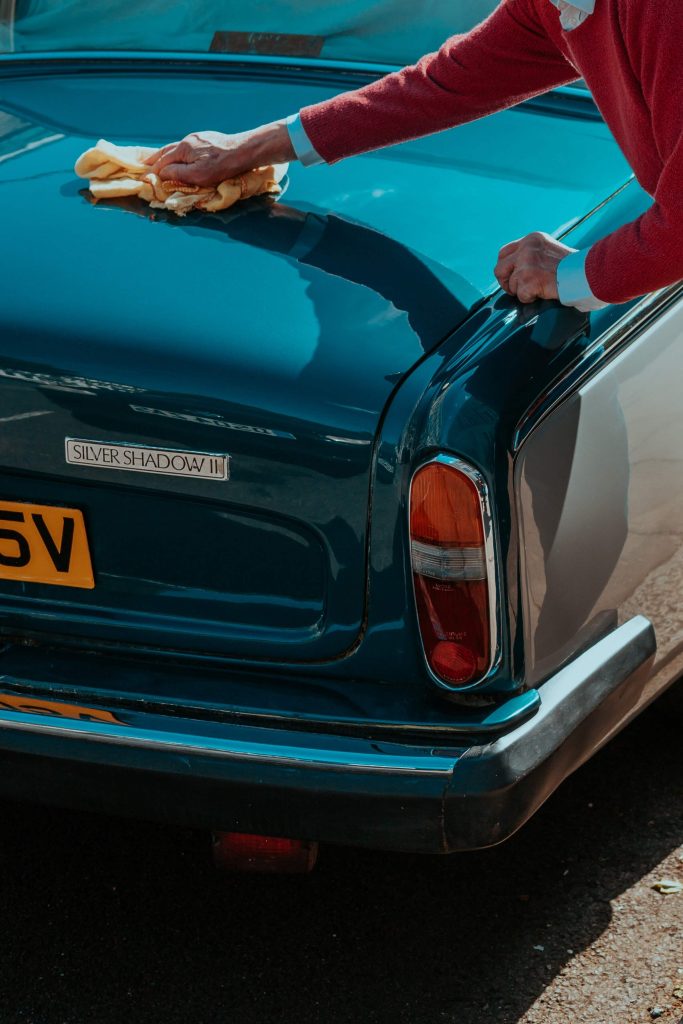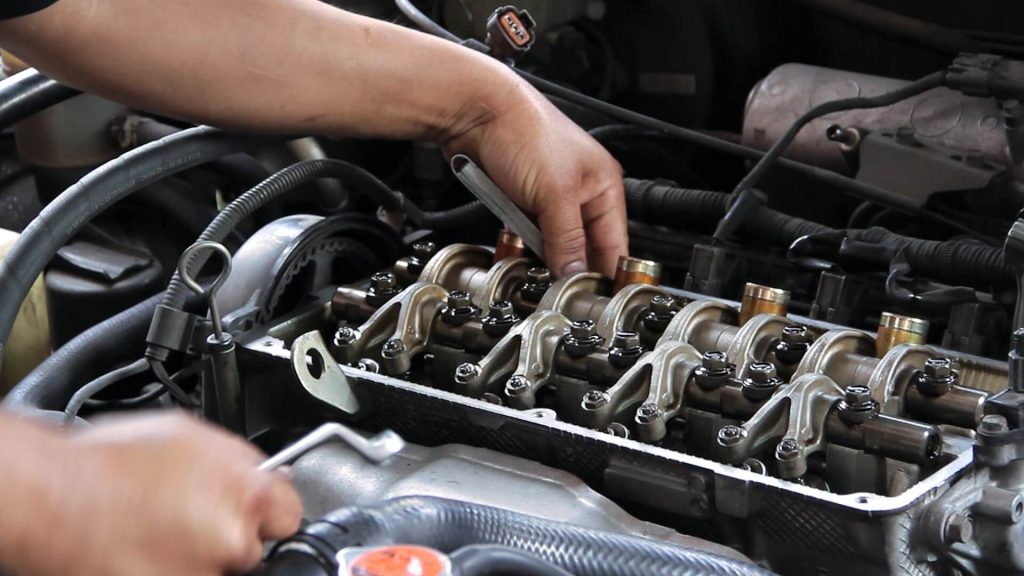Winter is a time to wrap up warm and stay indoors. For classic car owners this is as true for the car as it is for the owner. Preparing your car for winter can be hard enough but with a vintage motor even more preparation is required. You need to get it right or you could be left with a shell and a great expense!
The last yearly clean
Before putting your car away for winter it will need a thorough clean. You should use car shampoo and remember to wax and polish the paintwork. Don’t forget about underneath which will need a good clean too, removing any dust, mud and dirt. Make sure the car is completely dry before locking up in storage. As any remaining water may cause rust and corrosion so enough time should be left for the car to dry.
The interiors must be clean and tidy too. Firstly remove any sweet wrappers or mess you have lying around and give the car a good vacuum, polish the dashboard and clean the seats. Leather seats may require a little more TLC, give them a good clean and feed to prevent damp and mould.
Electrical checks
Let’s start with the battery; finding a decent battery maintainer is your first step and there’s plenty of choice out there. Otherwise you can choose to remove the battery, just ensure you know the radio security code.
When working on the engine ensure it is drained and refilled with proper storage oil. To prevent dampness entering the cylinders remove spark plugs and add a splash of oil to each bore. If you do this remember to seal the carburettor.
Keeping it cosy
One of the most important things you will want to protect is the paintwork so store your car in a dark place, where it will not fade in the sunlight. Plus this will help protect the trims too. If it’s not possible to do this then cover your car with a light weight cotton sheet. Be wary of using heavy materials which are likely to attract moisture and put pressure on tyres.
The interiors of the car need protecting too; here are some handy tips;
- Keep a window slightly open to avoid musty smells.
- Cover the seats with a cotton sheet.
- Ensure the space is dry and airy.
Be careful with your tyres. Tyres should be kept off the ground to prevent flat spots. You can place the car on axle stands or cover the tyres protecting the rubber. If neither of these options are available to you there is one more thing you can do; pump your tyres up to the maximum pressure (this will be stated in the handbook). No matter how you store it just remember to try and leave the handbrake off so it doesn’t get stuck.
Check on the car every couple of weeks, testing the pedals, starting the engine and providing it with some fresh air. Then when spring arrives you should be ready to go.
Insurance
Unless you are declaring your car as being off road via a Statutory Off Road Notification (SORN) then as of 2011 your vehicle must always be insured. For more information please take a look at the Continuous Insurance Enforcement (CIE). Or if you need classic car insurance visit Staveley Head.












